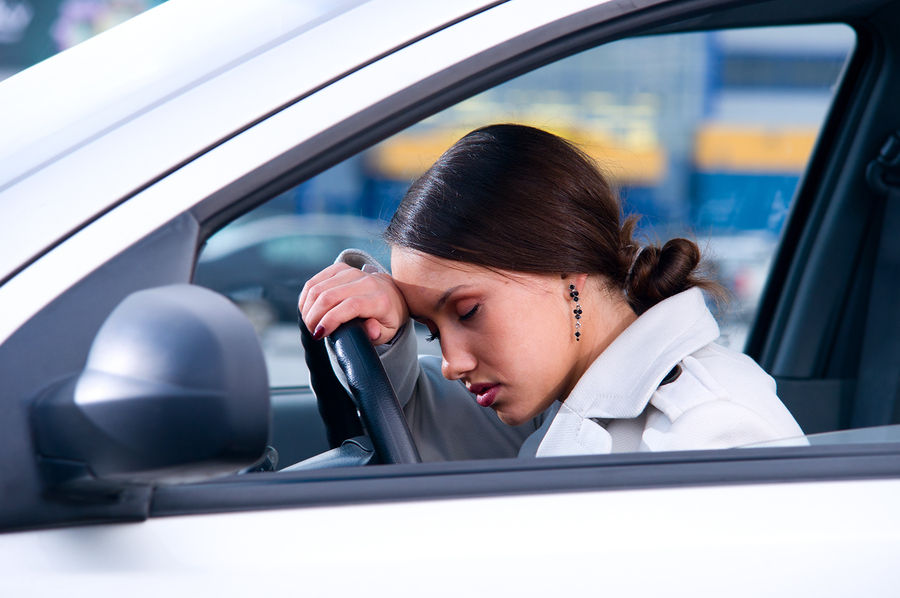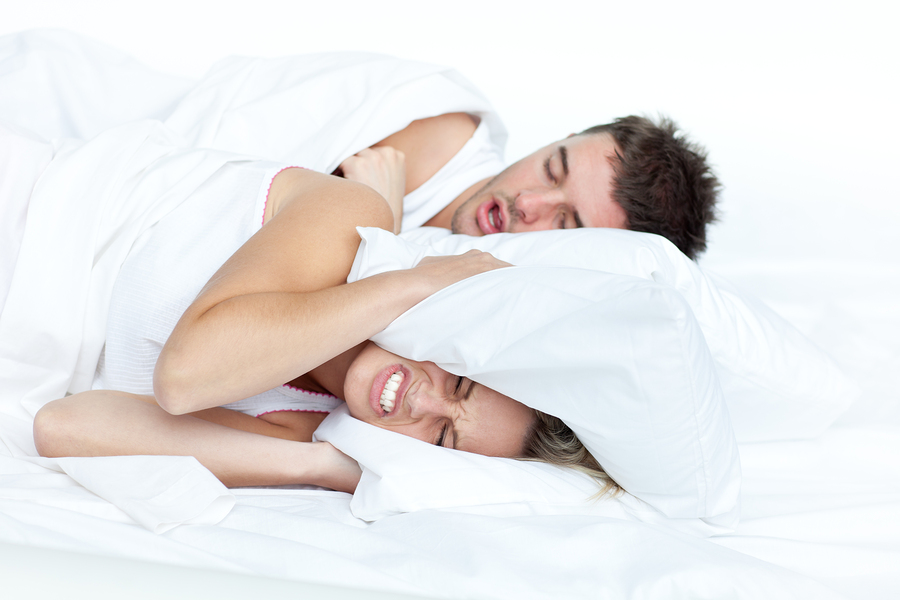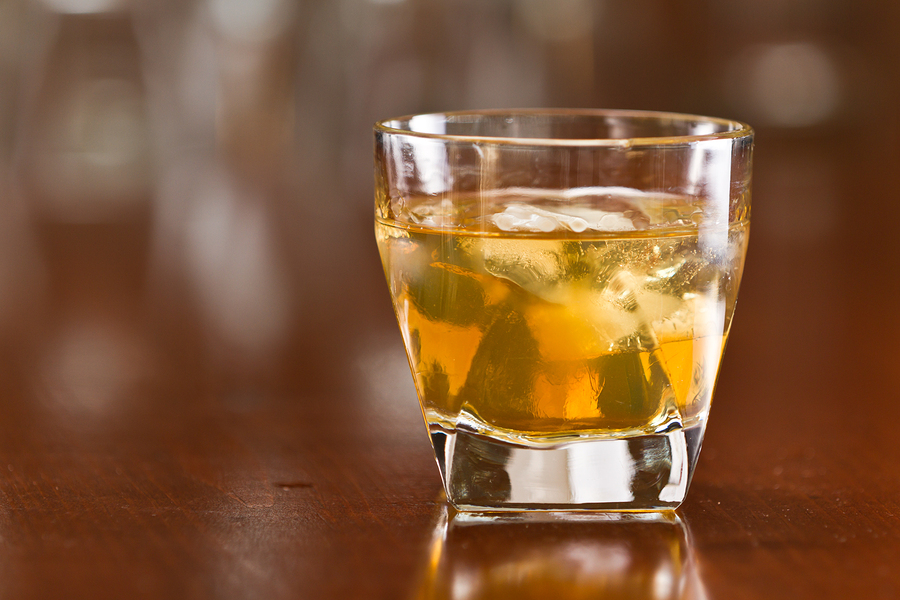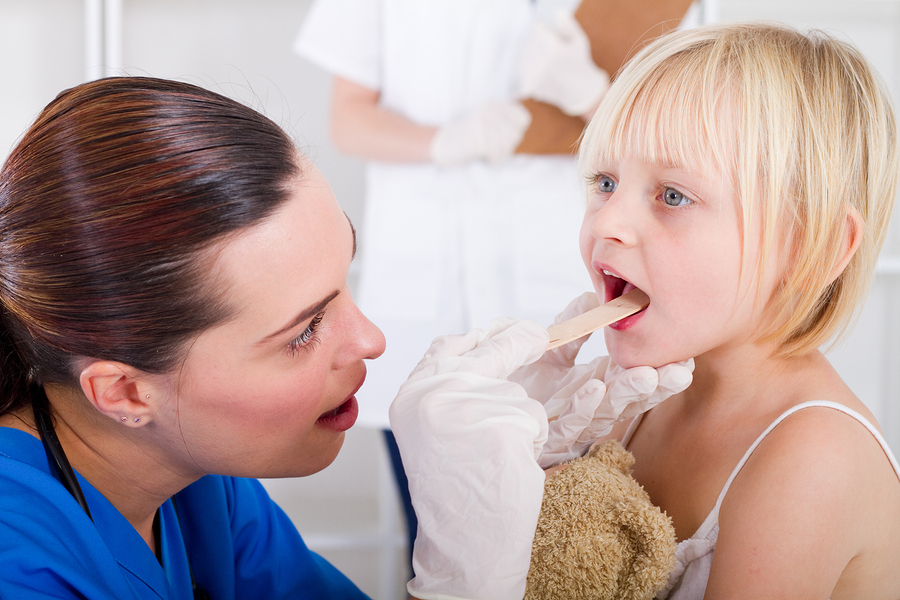Sleep apnea is a little bit like the great boogeyman that creeps into our rooms at night, hides under our bed and lurks in our closet – just waiting for a chance to strike. Next to alien hand syndrome, foreign accent syndrome and spontaneous human combustion, sleep apnea is one of the scariest conditions – mostly because it is so real, present and common. Perhaps it is out of fear, or maybe denial, that people create myths about sleep apnea, but debunking these myths is one of the first steps to seeking treatment for the sleep disorder. Also, clearing up some of these common misconceptions is crucial to allow people to learn more about sleep apnea, because perhaps in doing so, a few lives can be saved. Here are five common myths about sleep apnea that people believe, but aren’t at all true.

1. Hey, sleep apnea isn’t that dangerous.
In 2008, a train derailed in Mexican Hat, Utah killing 9 passengers on board. The official cause of the accident: the conductor’s “diminished alertness” as a result of sleep apnea. Another incident involved a Go! airline pilot who was chartering a small commercial jet with 40 people on board and who fell asleep for 18 minutes over the Hawaiian Islands. Thankfully no one was injured, but the pilot was later diagnosed with severe sleep apnea. If left untreated, sleep apnea can be incredibly dangerous and can result in an increase in work related injuries, car accidents and other fatal, cataclysmic events. Most of these incidences happen because sleep apnea causes extreme daytime fatigue. So, don’t be that pilot who falls asleep at the wheel – seek treatment today for your sleep apnea.

2. Sleep apnea is just a fancy doctor name for snoring, right?
Well, wrong. Sleep apnea and snoring are two completely separate things. However, sleep apnea and snoring are extremely close bedfellows. Snoring is a big issue on its own, but if you snore, it doesn’t exactly mean you have sleep apnea. Yet, snoring can be a symptom of the sleep disorder, especially if the snoring is particularly loud and persistent. The reason why a lot of people believe snoring and sleep apnea are the same thing is because both are a result of an obstruction in the respiratory tract, which is where that awful sound comes from. The reason why snoring is one of the first symptoms of sleep apnea is because that blockage could actually be causing you to stop breathing for multiple seconds – hundreds of times throughout the night. So, if you want to avoid getting a sock shoved in your mouth or an elbow jabbed into your side, you should see a doctor about that snoring.

3. A little whiskey on the rocks can alleviate the symptoms and help me sleep, huh?
No, this is a big, fat myth. In the old days, alcohol might have been the cure for everything from blindness, gun shot wounds, bear attacks, jousting injuries and beheadings, but today – in extreme moderation – it may only be good for a little social lubrication. Alcohol can exacerbate the symptoms of sleep apnea, because it helps relax the muscles in the back of the throat, which can obstruct the airways even further. Also, extreme consumption of alcohol can cause weight gain, which can make the sleep apnea even more severe. In addition, alcohol has been known to make you think you are the most amazing person in the world, but upon waking the next morning, can have the opposite effect. So, don’t drink to self medicate your sleep apnea.

4. Sleep apnea, that’s that sleeping thing that old people get?
This is another big myth about sleep apnea, because the truth is that anyone can get it – not just your annoying grandpa or grandma. If you’ve ever seen a tiny child snore, it’s ridiculously adorable, but it can also mean that they have childhood obstructive sleep apnea, which affects a large percentage of kids and it can be quite harmful – even leading to serious behavioral problems and other cognitive disorders. In fact, even infants can suffer from sleep apnea. While the sleep disorder becomes more common after the age of 40, it doesn’t spare the young ones. Sleep apnea – the Ebenezer Scrooge of sleep disorders.

5. Hey, you need surgery for sleep apnea.
This is another ludicrous myth about sleep apnea. In the old days, surgery might have been the only effective option for sleep apnea, but it was an intense surgery – often requiring the patient to live the rest of his or her life with a hole in his or her throat and a tracheostomy tube hanging out of it. These days, only in some extreme cases is surgery required, but it is invasive and expensive – ridiculously expensive. Also, some children might seek relief from some of the symptoms of sleep apnea from having their tonsils removed, but again, only in extreme cases. Today, CPAP, or continuous positive airway pressure, is the most effective, non-surgical, treatment option for sleep apnea. CPAP treatment alleviates nearly all symptoms of sleep apnea – even decreasing the risk of heart attack and other cardiovascular diseases – and it can also promise you and whomever may be sleeping next to you a restful night’s sleep.
So, be sure to put down that nightcap and surgical knife, because sleep apnea is a serious sleep disorder, but one with much better, safer options for relief – luckily. Plus, you don’t need to be old or overweight to have sleep apnea, so perhaps debunking these myths can dissipate your denial and allow you to finally seek help – finally. Also, the next time someone tells you some hocus pocus about the sleep disorder, you can lay down the facts, because the more people are collectively and culturally aware of sleep apnea, the more people can get help. And maybe, finally, you’ll have a little sympathy for that special someone next to you who snores all night long, because no one likes to wake up with a sock in their mouth.









